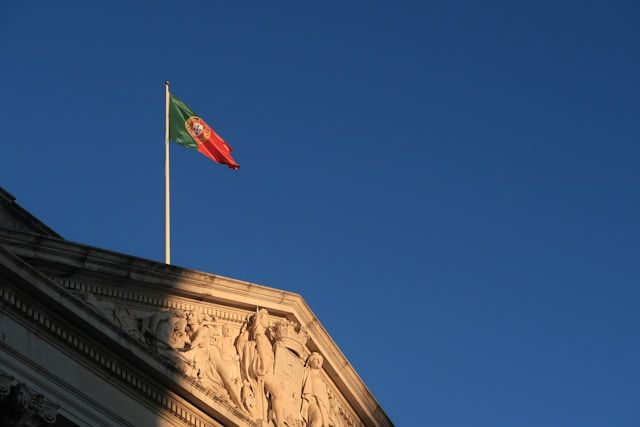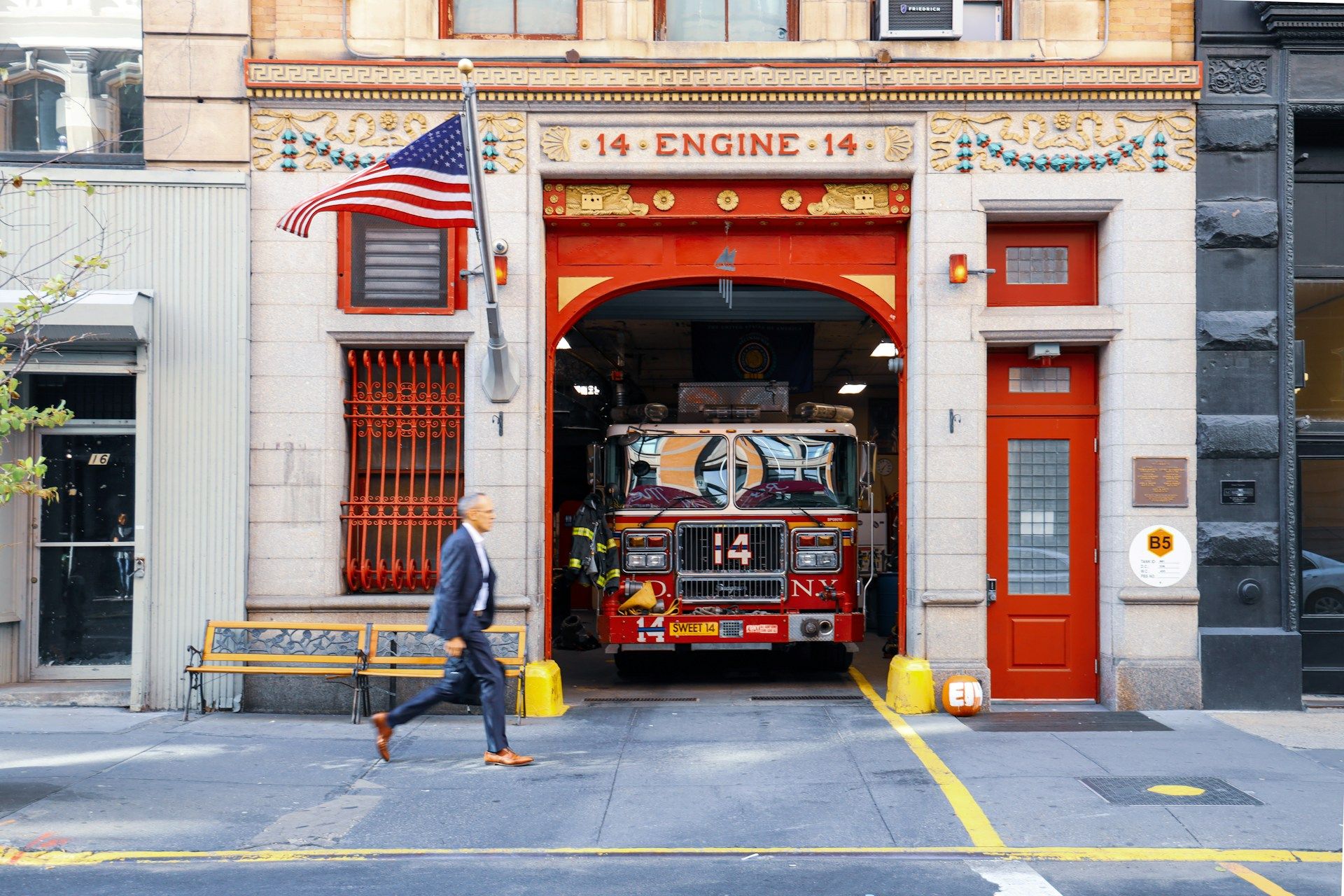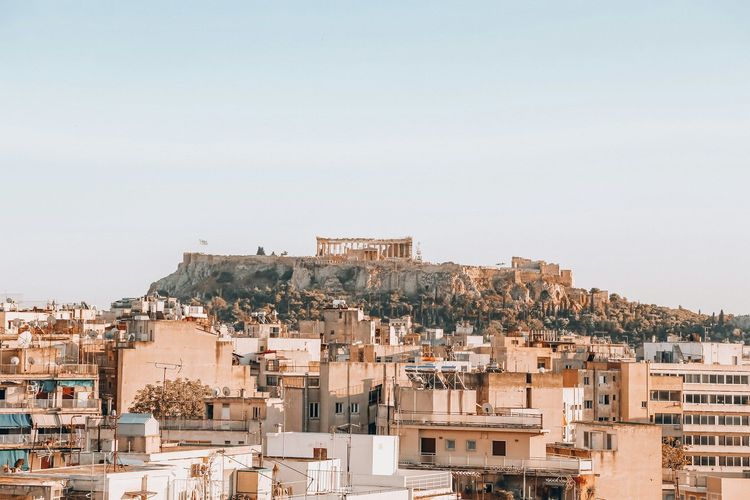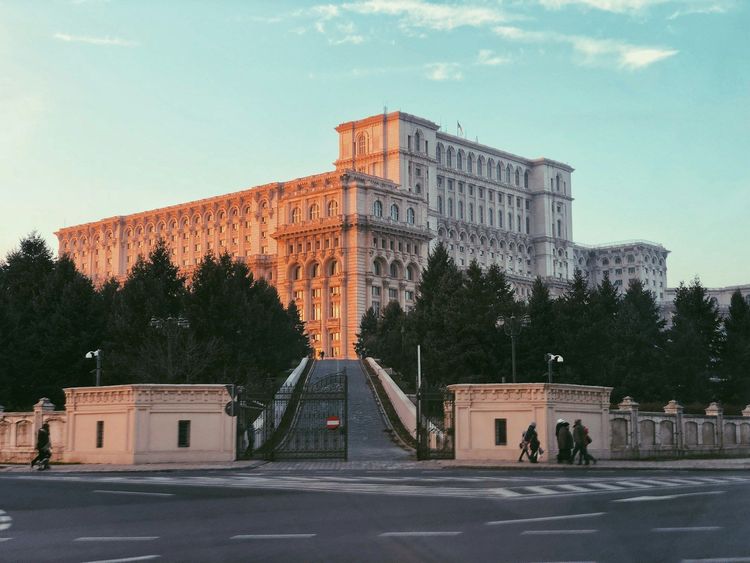America continues to attract talent from around the world. High salaries, access to cutting-edge research, a dynamic business environment, and career prospects in leading companies are the main reasons why professionals seek to obtain a work visa in the USA. This is especially relevant for the following fields:
- IT and Technology: developers, data scientists, AI and cybersecurity engineers.
- Finance and Consulting: analysts, asset managers, strategists.
- Science and Engineering: researchers, bioengineers, renewable energy specialists.
- Medicine: physicians with rare specializations (subject to additional certification).
- Business and Management: top managers, international business development specialists.
Obtaining a work visa is a key step towards legal professional activity. The visa system is complex and quota-based, but understanding its fundamentals significantly increases the chances of success.
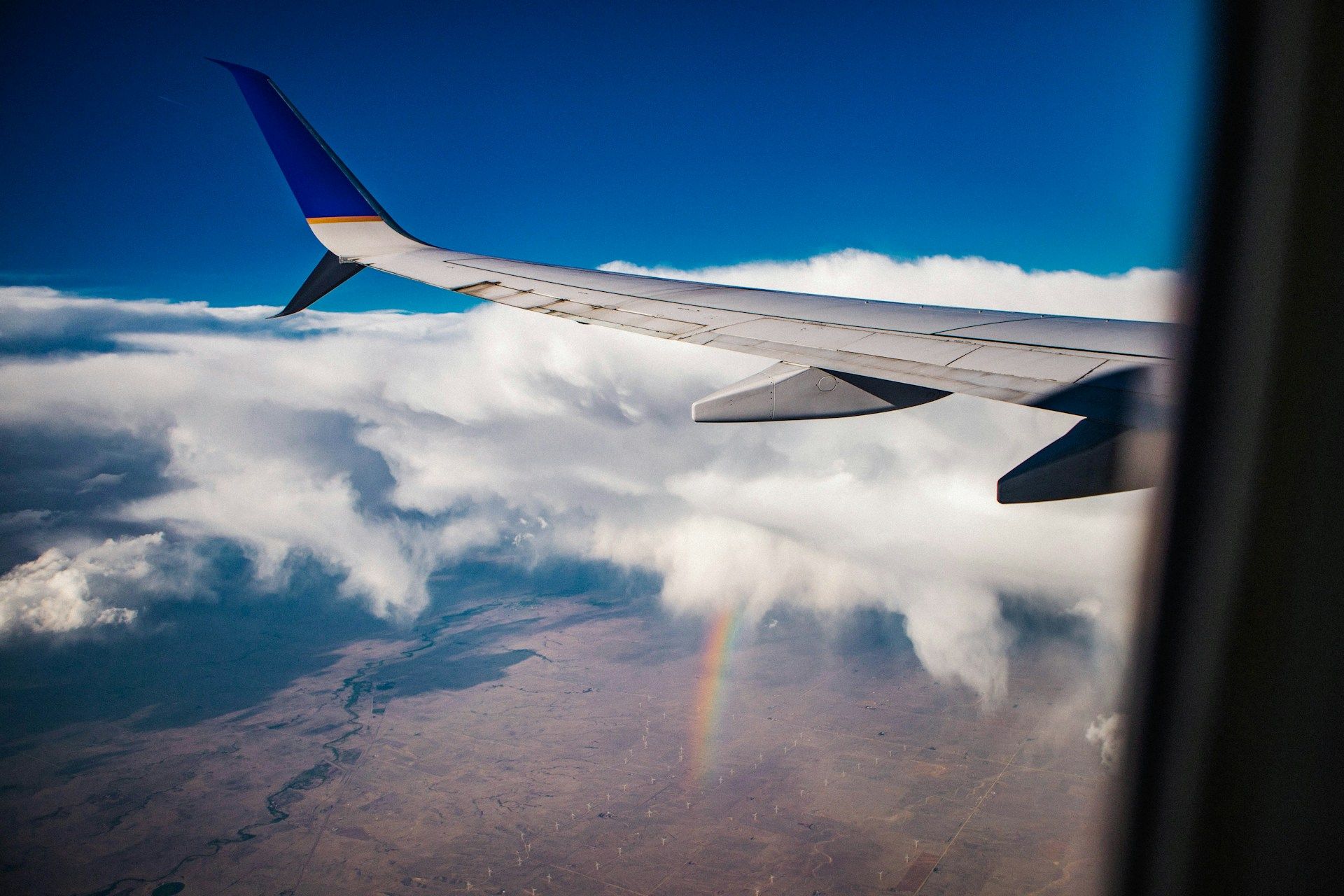
Main Types of Work Visas for Highly Qualified Specialists
Not all visas are the same. The choice depends on qualifications, type of employer, and purpose of stay.
H-1B: Specialty Occupation
- For whom: Specialists with a higher education degree (bachelor's or higher) or its equivalent, working in their specialty (IT, engineering, finance, architecture, science, etc.).
- Features 2025: The main "workhorse" for hiring foreigners. Strict quota: Usually 85,000 visas per year (65,000 for the general pool + 20,000 for holders of master's degrees and higher from accredited US universities). Electronic lottery registration takes place in March, results by June. Requires sponsorship from a US employer.
L-1: Intracompany Transfers
- For whom: Managers, executives (L-1A) or employees with specialized knowledge (L-1B), transferring from a foreign office to a branch, subsidiary, or headquarters of the same company/corporation in the USA.
- Advantages: No annual quota. Possibility of faster Green Card obtainment, especially for L-1A. Terms: L-1A – up to 7 years, L-1B – up to 5 years.
O-1: Individuals with Extraordinary Ability
- For whom: Scientists, researchers, artists, athletes, businesspeople who have achieved extraordinary success at a national or international level (award winners, publications, patents, high fees, expert recognition).
- Advantages: No quotas. Term up to 3 years with extension possibility. Requires sponsorship (employer or agent). Criteria are very high, but a path for "stars" in their field.
Other Relevant Categories (less common for mass hiring):
- TN: For citizens of Canada and Mexico in professions from the NAFTA/USMCA list (engineers, scientists, teachers, accountants, etc.). Process is simpler, but only for these citizens.
- E-3: For citizens of Australia (analogous to H-1B, but with a separate quota of 10,500 per year).
- H-1B1: For citizens of Chile and Singapore (quota 6,800 per year).
- J-1: For participants of exchange programs (researchers, professors, interns). Often requires a 2-year home residency after the program.
- EB-1/EB-2/EB-3: Not visas, but Green Card categories; however, employers can initiate the application process directly for particularly valuable personnel (EB-1 - extraordinary ability/managers; EB-2 - professionals with advanced degree/national interest; EB-3 - specialists/skilled workers).
Conditions for Obtaining
Obtaining a visa is a process initiated by the US employer (sponsor).
Sponsorship: The employer must prove:
- The existence of a real vacancy requiring the applicant's qualifications.
- Financial ability to pay the offered salary (usually at or above the prevailing wage for the profession and location).
- For H-1B: Submission of a Labor Condition Application (LCA) to the Department of Labor (DOL) and its approval before filing petition I-129 with USCIS. The LCA confirms compliance with labor norms and wages.
Applicant's Qualifications
- Education: Diplomas (often requiring equivalency evaluation) confirming the required level. For O-1 – proof of extraordinary achievements (portfolio).
- Experience: Meeting the position requirements. Sometimes experience can substitute formal education (especially for H-1B).
- Licenses: If the profession requires a license in the USA (doctors, lawyers, architects, etc.), it must be obtained before starting work.
- English proficiency: Usually implied, but not always formally required (except in the LCA, where position requirements are specified).
Application Process and Timelines
The process is complex and can take from several months to a year or more.
-
Finding an employer-sponsor: The very first and critically important step.
-
Employer preparation.
For certain visa categories, including H-1B, H-2B, and E-3, the employer is obligated to first submit and obtain approval for a Labor Condition Application (LCA) from the US Department of Labor (DOL). This stage usually takes 1-7 business days. The LCA confirms that the employment terms meet the requirements: the salary matches or exceeds the prevailing level for the profession and region, and the employment does not worsen the working conditions of American workers.
In parallel or after LCA approval, the employer proceeds to prepare the I-129 Petition for a Nonimmigrant Worker. This document is filed with US Citizenship and Immigration Services (USCIS) and must contain exhaustive evidence of compliance with visa requirements: justification for sponsorship, confirmation of the foreign employee's qualifications (diplomas, resume, recommendations), details of the offered position, and proof of the company's financial stability.
An important element of preparation is the payment of mandatory USCIS fees. Standard fees include the base filing fee, ACWIA fee (training of American workers), and Fraud Prevention Fee. For employers filing an H-1B petition with more than 25 employees, an additional Public Law 114-113 fee ($4,000) is charged. Payment is made by the employer before filing the petition.
-
Filing the I-129 Petition with USCIS
Filing the I-129 petition with USCIS follows different procedures depending on the visa category. For the H-1B visa, the process begins with mandatory electronic registration, which usually takes place in March. Only those applicants whose registrations are selected in the lottery gain the right to file a full petition within the designated period – typically from April to June. This is a two-step process, unique to H-1B.
In contrast, for other visa categories such as L-1 (intracompany transfers), O-1 (individuals with extraordinary ability), E-3 (for Australians), and H-2B, the employer files the full I-129 petition immediately, without a preliminary lottery or registration.
Petition adjudication by USCIS involves variable timelines and procedures. Standard processing times vary from 2 to 8+ months depending on the visa type, service center workload, and current immigration policy.
To reduce waiting time, the Premium Processing option is available. For 2025, its cost is $2805. When this service is chosen, USCIS commits to issuing a decision or requesting additional evidence (RFE) within 15 calendar days. This option is highly recommended for H-1B, L-1, and O-1 visas, where timing is critical.
It is important to consider that a Request for Evidence (RFE) is a common practice by USCIS. Officers may request clarifying documents regarding the applicant's qualifications, the employer's financial status, or the position's suitability. Receiving an RFE significantly increases the overall petition processing time.
-
Petition Approval (I-797 Approval Notice): The employer receives a notice of petition approval (I-129).
-
Visa Application at the Consulate (if the applicant is outside the USA)
Applying at the consulate (for applicants outside the USA) requires sequential steps. First, the online DS-160 form is completed, then the consular fee ($190) is paid. Next, an interview must be scheduled at a US embassy or consulate. During the interview itself, biometrics are taken and a conversation with an officer is conducted. Upon successful passage, the visa is affixed in the passport.
-
Entry into the USA and obtaining I-94 status: The visa grants the right to request permission to enter. The official period of stay is determined by a CBP officer upon entry and recorded on the I-94 form.
-
Start of work: Only for the specified employer, in the specified position, from the specified start date.
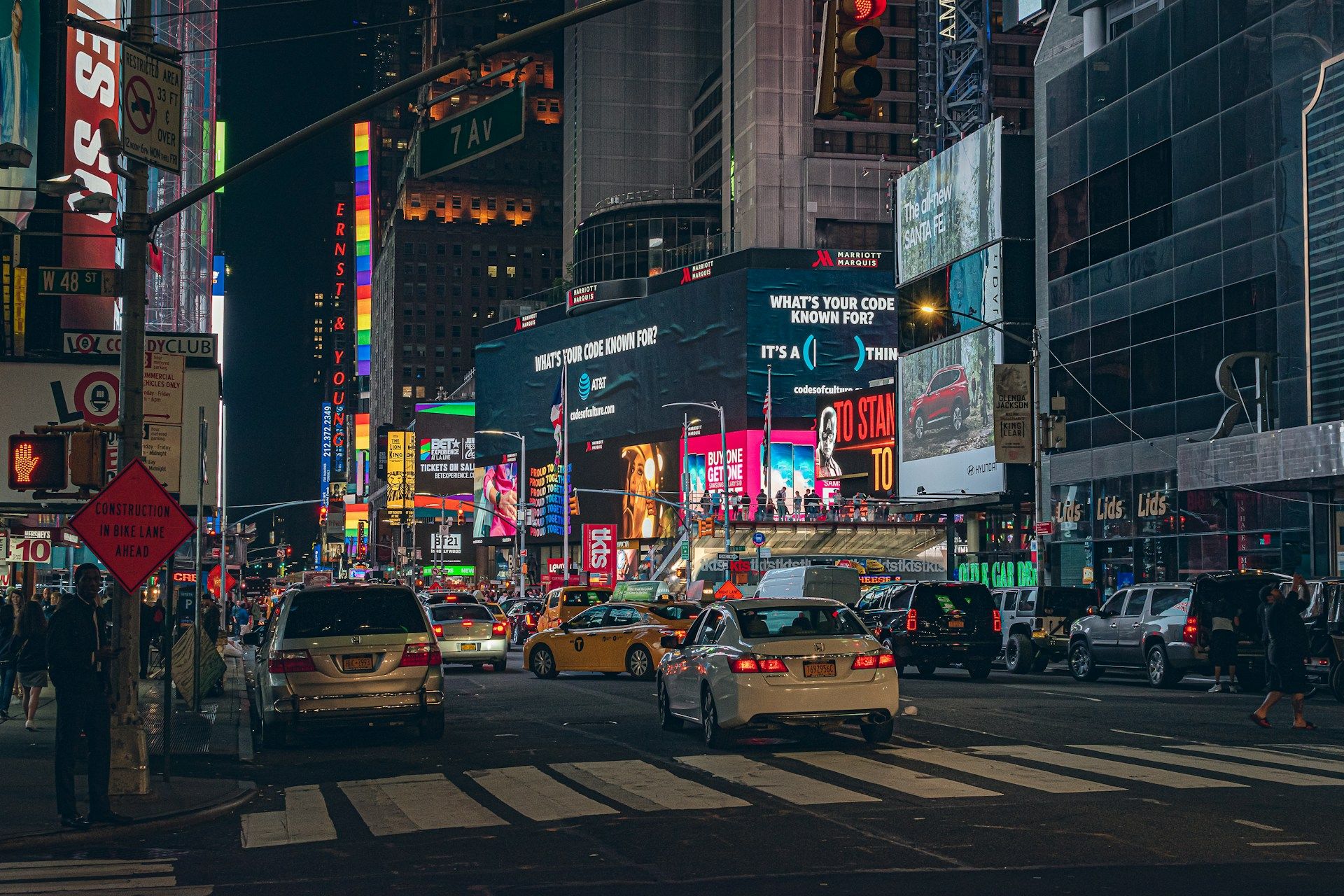
Tips for Applicants
- Start early: The process takes a long time. Searching for an employer and preparing for the H-1B lottery should start a year before the desired work start date.
- Choose your employer carefully: Ensure the company has experience sponsoring visas, is stable, and is willing to bear the costs. Check employee reviews.
- Be prepared for an RFE: Gather the most complete document package possible (diplomas with transcripts and translations/equivalency evaluations, detailed recommendation letters from previous jobs, publications, patents, proof of extraordinary achievements for O-1). Up to 40% of H-1B applicants receive an RFE.
- Consider Premium Processing: Especially for H-1B, L-1, O-1. It speeds up the process and provides predictability. The cost is usually covered by the employer.
- Honesty and accuracy: Any inaccuracies or lies in forms and documents guarantee refusal and a possible entry ban.
- Understand your status: Know the expiration dates of your visa and status (I-94). Monitor deadlines for extensions (file 6 months before expiration). Do not work without a valid visa/status.
- Consult a specialist: US immigration law is extremely complex. An experienced immigration attorney can help choose the optimal visa category, correctly prepare the petition, and navigate the process with minimal risks. Do not rely solely on the employer's HR.
- For L-1: Clearly document your managerial role (L-1A) or possession of "specialized knowledge" (L-1B) in the foreign company. Prove the connection between the companies. Prepare a detailed job description for the US position.
- For O-1: Focus on the quality, not quantity, of evidence. Obtain recommendation letters from recognized independent experts in your field. Clearly connect your achievements with the future work in the USA.
Obtaining a work visa in the USA for highly qualified specialists is an achievable but complex goal, requiring strategy, patience, and thorough preparation. Understanding the differences between visas (especially H-1B, L-1, and O-1), being aware of quota limitations, and strictly adhering to USCIS requirements are keys to success. Start the process well in advance, gather exhaustive evidence of your qualifications and goals, and do not hesitate to seek help from professionals. A properly obtained work visa opens doors to unique professional opportunities in the United States.
